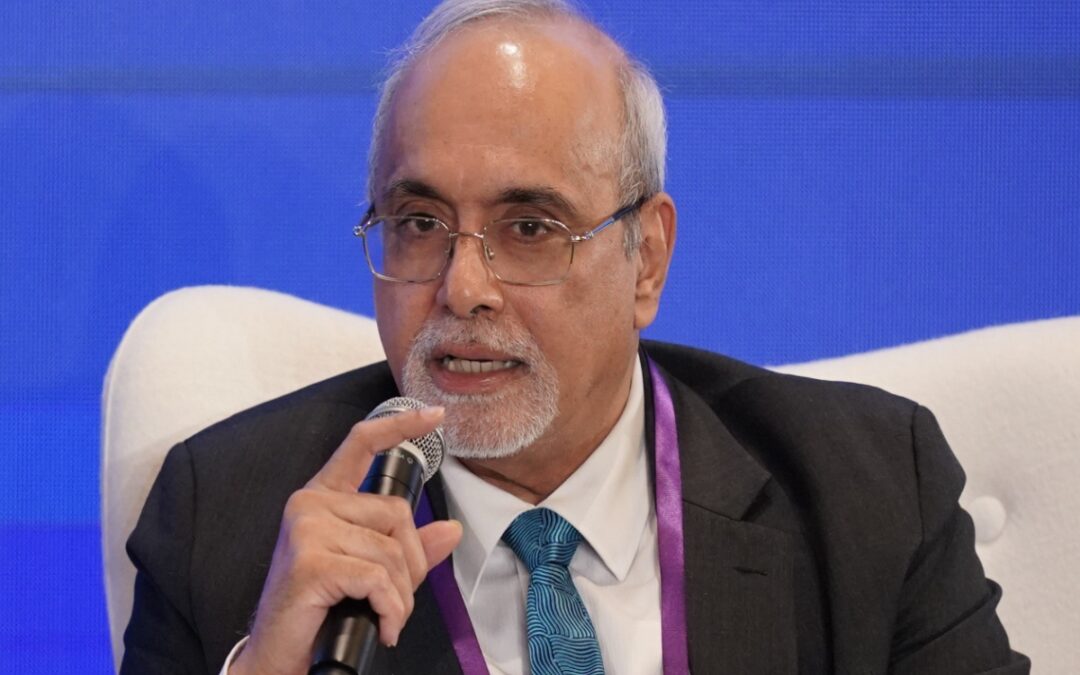Reserve Bank of India’s (RBI)Deputy Governor M Rajeshwar Rao provided insights into the challenges and expectations of regulated entities (REs) in an evolving financial landscape. Speaking on the theme “Building Synergies,” Rao discussed the importance of aligning innovation, regulatory oversight, and customer needs.
The Quadrant of Expectations
Rao described the “tricky quadrant of expectations” that regulated entities must navigate, including rapid digitalisation, cybersecurity, KYC compliance, and customer service excellence.
“Financial systems grow more complex, and so must the products and services they offer. Regulation must keep pace with these changes to ensure that innovation thrives while maintaining financial stability,” stated RBI DG M Rajeshwar Rao.
Reflecting on the RBI’s journey, Rao highlighted the 1949 Banking Regulation Act as pivotal in stabilizing a fragile banking system. “It is one of the most important milestones in the history of the Indian financial system,” he stated, noting that this framework allowed the RBI to license banks and oversee non-bank entities, establishing the foundation for India’s financial resilience.
Rao outlined key milestones in India’s financial evolution, from bank nationalisation in 1969 to the rise of differentiated banks. Citing the sector’s current strength, he said, “Today, the assets of scheduled commercial banks and NBFCs stand at Rs 280 trillion and Rs 50 trillion, respectively, with outstanding credit at Rs 205 trillion.”
On the digital front, Rao praised India’s payment ecosystem, “The digital payment infrastructure facilitates over 160 billion transactions annually, valued at over Rs 2,400 trillion. UPI and IMPS alone contribute Rs 265 trillion, making India a global benchmark for payments.”
Regulatory Dual-Peak Approach
Discussing prudential and conduct-related issues, Rao emphasised the need for robust governance and transparency. “Banks must ensure capital adequacy, credit quality, and liquidity while addressing governance challenges,” he said.
Rao added that recent RBI mandates on fair lending practices and improved transparency in lending charges were highlighted as steps to empower borrowers.
Three key risks for the future
- Climate-Related Risks
“The extreme weather conditions, longer spells of summer, and uneven monsoons have led policymakers to rethink their stance,” Rao said. He stressed the challenge of quantifying climate-related risks and their impact on the financial sector. “New resources and innovative institutions are needed to tackle physical, transitional, and adaptation risks effectively,” he added. - Emerging Technologies
Rao appreciated the transformative potential of technologies like blockchain, AI, and tokenised assets but sounded a cautionary note. “The quest to find the balance between innovation and prudence is going to be a challenge,” he warned. - Non-Banking Sector Resilience
Highlighting the growing interconnectedness of NBFCs, Rao advocated for harmonised regulatory approaches. “It is essential that financial sector regulators work closely together to ensure stability across all segments,” he said.











